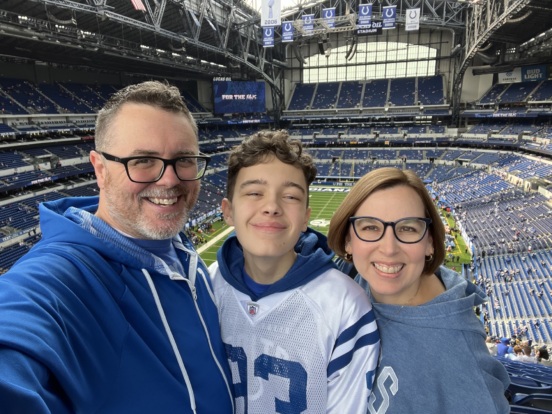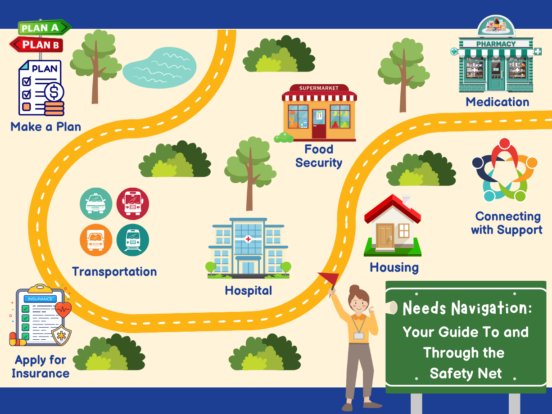

Medicare Open Enrollment Starts Today
Even if you are already enrolled in a Medicare plan, you should still check to make sure another plan won't better fit your health care needs. With open enrollment starting today, here's what you need to know.
By Caitlin Donovan
It’s easy to get overwhelmed and rush the Medicare open enrollment process. But regardless of whether you are new to Medicare or already enrolled, taking your time during open enrollment to evaluate your needs and choose the correct plan could save you thousands of dollars.
Medicare open enrollment season runs every October 15 – December 7, 2020, with coverage changes taking place January 1. People who qualify for Medicare coverage can generally choose between a traditional Medicare plan or a Medicare Advantage plan, but other important decisions include choosing Part D drug coverage and a Medigap plan for covering some out-pocket-costs.
One way to make the right choice? Ask questions. Health care is complicated, so if you don’t know what a term means, let alone what a plan really covers, ask questions until you find out all the information you need to decide. Other suggestions include:
1) Know the deadlines, and don’t miss them. You will face a penalty and be unable to enroll in Part B until the next open enrollment period if you miss this one.
2) Have employer or retirement benefits? You may still need to enroll in Medicare. Many plans require people who are eligible for Medicare to enroll in a Medicare plan. If you are unsure, you should contact your benefit administrator – you may discover that your current plan will only cover 20 percent of your costs even if you don’t enroll in Medicare.
3) Know the difference between different types of Medicare plans – there may be one that is better for your needs. People often do not know the difference between Medicare Part A, B and Part D, let alone the difference between a Medigap plan, a Special Needs Plan and a Medicare Advantage plan. Open enrollment is the time to review the plan you have, compare it with other options and make sure your coverage will meet your needs for the coming year. Patient Advocate Foundation offers an excellent overview of these terms along with the entire enrollment process.
4) Look beyond your monthly premium. Your plan will inevitably require out-of-pocket spending beyond your monthly premium. Consider copay and coinsurance costs, along with potential out-of-network costs, particularly for Medicare Advantage plans.
5) Make sure you have a prescription drug plan. People may be unaware and unhappy that they must enroll and pay a separate premium for a drug coverage plan. When you choose a prescription drug plan, choose based on your current medications along with those you may need in the upcoming year. Again, for a quick overview of enrolling in a Medicare Part D plan, you can watch this educational overview from the Patient Advocate Foundation.
6) New to Medicare? Consider a Medigap supplement plan. Remember, Medicare by itself covers only 80% of your costs, leaving 20% to you. If you are hospitalized, those cost could be catastrophic if you don’t have a secondary or retiree plan. New enrollees have six months to enroll in a supplement plan without being subject to restrictions or increased costs based on pre-existing conditions. These plans cover copays, coinsurance and deductibles. You’ll have to pay an additional monthly premium, but particularly if you have a critical condition, you may save thousands of dollars over the course of your plan.
7) Don’t be fooled by advertising. PAF case managers report that many patients assume that Medicare Advantage plans—particularly those labeled “Complete”—will cover 100 percent of costs, even though they will only cover the same 80% of costs as traditional Medicare. Medicare Advantage plans may also impose a narrow network on beneficiaries, leaving patients subject to burdensome out-of-pocket costs if they see an out-of-network provider.
8) Review, review, review: Medicare plans, much like an employer-sponsored or Marketplace plan, can change their benefit structure annually. Even if your plan stays the same, your own medical needs may change. Review your coverage every year to make sure that you are enrolled in the best plan for your needs.
9) You may qualify for premium assistance. Depending on your income and other factors, you may be able to get help from your state paying your Medicare premiums. In some cases, Medicare Savings Programs may also pay Part A and Part B deductibles, coinsurance and copays if you meet certain conditions. You can find more information here.
Don’t wait until the last minute! Choosing the right plan takes a lot of time, but with projected health care costs in retirement up to $405,000 for a couple on Medicare, you can’t be too careful.
NPAF has a wonderful guide that will help you get organized and choose a plan. If you need further assistance and have been diagnosed with a chronic, debilitating or life-threatening condition, case managers at the Patient Advocate Foundation with expertise in insurance plan enrollment can help you review your options and narrow down the best plans to consider.


